How to hand work dance
Caring for your dancing hands and wrists
As dancers, our hands and wrists help us to execute choreography, express ourselves in movement, propel us through floorwork and more. Yet the challenges and habits of modern life, such as constantly being on devices, can bring down how well our hands and wrists feel and function. Winter is also coming, often bringing dry skin and increased joint stiffness. Read on for some simple solutions to these problems.
Lotion up, then glove up.
Winter is just around the corner, and (at least in colder areas of the U.S.) that means that skin can get dried out. Circulation to these areas is less than areas closer to the heart, so the skin can be more vulnerable to colder outside temperatures. Dry, tight-feeling skin can also then limit fluidity of motion.
Accompanying itchiness can also be distracting; you don’t want to be thinking about wanting to scratch or rub your hands when you’re in class, performing or auditioning! In more severe cases, the skin of the hands and wrists can get so dry that it cracks and then bleeds. Besides being irritating, and sometimes painful, that’s not a great look for Nutcracker or a big audition!
The best remedy is a regimen of lotioning. Separate skin types react differently to different ingredients, so it’s best to try out different brands. Trial/travel sizes are available for some brands, so you don’t have to risk buying a container of a certain brand to then find out that it’s not right or effective for your skin type. Once you’ve found the best lotion for you, apply after showering (when pores are most open to the extra moisture). Then try to pack some in your dance bag, applying as many times per day as you find your skin needs.
Once “lotioned-up”, don’t let cold air strip away that moisture by going outside without good gloves. The best options, especially for active and busy people like we dancers, are lightweight and breathable fabrics (such as cotton, linen and rayon). Wear two or three lightweight layers, taking one or two off if you get warmer. You’ll be ready for the varied temperatures you may experience throughout your day – out in the chilly open air, a drafty backstage or a much warmer rehearsal studio.
You’ll be ready for the varied temperatures you may experience throughout your day – out in the chilly open air, a drafty backstage or a much warmer rehearsal studio.
Easy movement and stretching.
Just like every part of our body, our hands and wrists need frequent gentle movement and stretching for joints and muscles to continue working together smoothly. Warming up muscles helps to re-lengthen them, as well as loosen up fascia (connective tissue) surrounding them – necessary for fluid, unencumbered movement. That’s one part of what allows we dancers to go further and deeper in movement and body placement, safely and with the appearance of graceful ease.
This all becomes even more important, and at the same time more difficult to obtain and maintain, in colder temperatures. Colder muscles cannot stretch as easily, and are more vulnerable to tearing if forced. Muscles can also involuntarily tense up in the body’s effort to keep itself at a temperature within homeostatic range, or a range in which it can safely function and survive.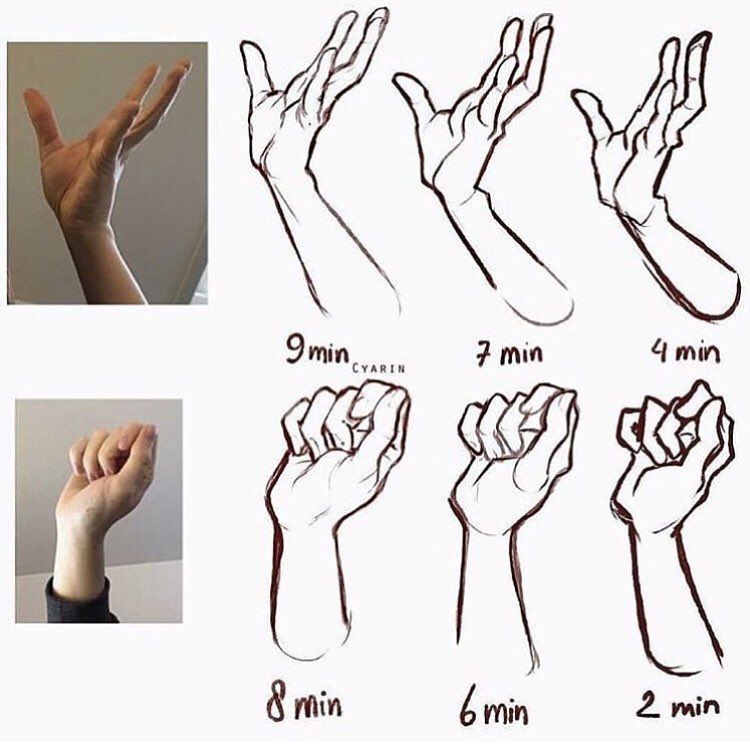
Try to get in the habit of warming up and gently stretching your hands and wrists before dancing – just like you warm up your feet, hips, back, core, shoulders and head. Our hands are sometimes just as involved in movement phrasework as those parts are! Try slow and gentle wrist rolls (in both directions), going the full range of motion of the joint. Next, point fingers down and back up to the sky, going back and forth a few times.
Then, flex one hand back toward your face and point the other hand’s fingers downward. Pull back gently on the top hand to get a mild stretch through the bottom of the lower arm’s wrist. Then point those bottom fingers downward and place the top palm just below the wrist. Apply gentle pressure to create a stretch through the top of the wrist and forearm.
Next, try massaging out different areas in one hand with the other, then switch. Last, but not least, scrunch your fingers into a fist, and then release them 10 times. Finish off with a good shake-out or two of your wrists and hands. They’re ready to join the rest of your body in dancing your best!
They’re ready to join the rest of your body in dancing your best!
Put down your device for a bit.
Constantly being on our phones, tablets and laptops can also strain our hands and wrists – at any time of year. To type, we have to use muscles in repeated patterns that can cause fatigue and cramping. That can limit how much you can use your hands and wrists with fluidity, precision and strength while dancing. Looking down at screens can also strain spinal and shoulder muscles, causing pain that – because of nerve pathways through the shoulders and arms – can also show up in the hands and wrists.
A simple solution is to take some time away from your device. Perhaps answering a few emails or updating social media can wait. Even five to 10 minutes can be a very welcome break for your hands and wrists! Mark through some choreography, take a short walk outside, or simply close your eyes and listen to your breath. It could also be helpful to do the short sequence of hand/wrist exercises listed above. Even putting down your device for 30 seconds, and doing a few of those exercises can be worthwhile! Small solutions can mean big differences.
Even putting down your device for 30 seconds, and doing a few of those exercises can be worthwhile! Small solutions can mean big differences.
We dancers know and feel how all parts of our body are connected, so caring for your hands and wrists is caring for your whole body. Your technique and your artistry will be better off for it. You will be more able to skillfully balance on your hands in contemporary, carry graceful port de bras in ballet, smoothly shape your hands for specific cultural dance forms and more. And wellness is not a one-time solution but a lifestyle. Once in the groove, it can be fulfilling and fun. “Merde” to all in that journey!
By Kathryn Boland of Dance Informa.
Related Items:body health, care for your hands, dance health, dancer health, dancer wellness, dancing hands, floorwork, healthy hands and wrists, Tips & Advice
The art of Ballet Hands — A Dancer's Life
How to perfect your port de bras hands and avoid the 5 most common mistakes.

Attention to detail is one of the essential ingredients of mastering ballet; every gesture, angle and shape has purpose and precedent, which means dancers must also be technicians in the art of precision.
The hands of the dancer are no exception, in fact because the hands (just like the feet) are responsible for finishing the line of the body, they are incredibly influential in creating the ideal shape that dancers aspire to. Of course when you’re thinking about five thousand-and-one other things at the same time, it’s natural that the hands are often first to be forgotten and develop bad habits... Luckily we’re here to give you a helping hand (pun intended!) Here are the 5 most common errors when it comes to ballet hands, and how to fix them.
What not to do: Pinched fingers
1. PINCHED FINGERSSadly there's no magic shape you can master to use as your default in port de bras (wouldn't that be easy!) however some dancers unconsciously become 'pinchers', keeping their thumbs studiously glued to their fingers to avoid sticking fingers out in every which way. Unfortunately this look is equally undesirable, and awkward (unless of course you're Coppélia) as it prevents any fluidity in the hands. It is important to allow your hands to ‘breathe' through movements, and it’s the cushioning of space between the fingers and the thumb that allows for this natural articulation. So focus on keeping a pocket of air (approximately 3 - 4cm) room between the thumb and fingers and allowing the movement of the port de bras to continue down the arm and escape out the fingertips.
Unfortunately this look is equally undesirable, and awkward (unless of course you're Coppélia) as it prevents any fluidity in the hands. It is important to allow your hands to ‘breathe' through movements, and it’s the cushioning of space between the fingers and the thumb that allows for this natural articulation. So focus on keeping a pocket of air (approximately 3 - 4cm) room between the thumb and fingers and allowing the movement of the port de bras to continue down the arm and escape out the fingertips.
Broken wrist
Aligned wrist
No doubt if you’re a ballet dancer you’ll have heard your teacher scolding one student or another for broken wrists on multiple occasions, and whilst some dancers prefer a higher hand with a more angled intersect between the arm and the fingers, completely limp hands, or hands that are at a ninety degree angle to the arm detract from the aesthetic of the dancer's body, particularly in profile.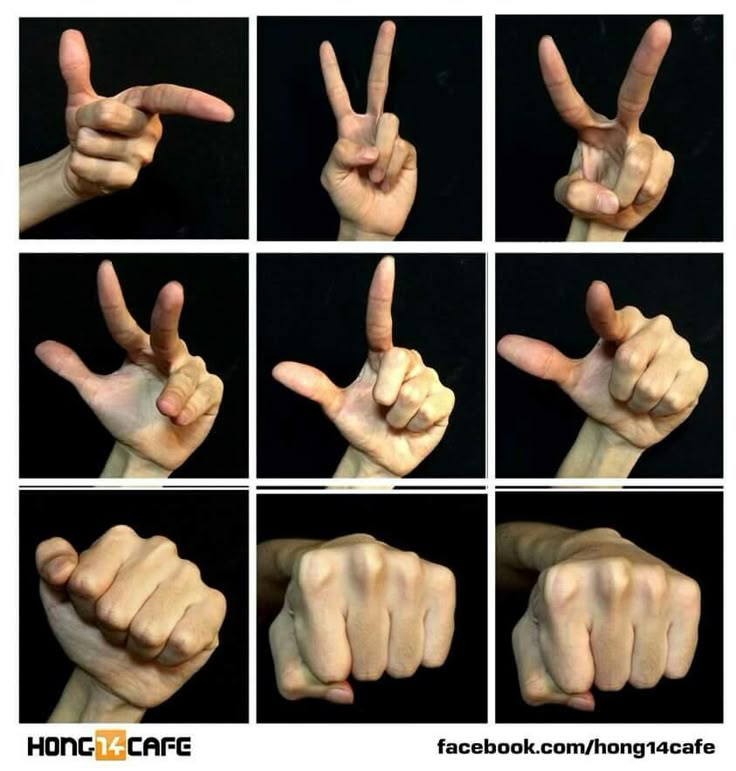 The danger zone for this mistake is usually when executing more strenuous movements, such as grand battement derriere or arabesque. We tend to be busy focusing on pulling up the body and not letting the back drop, so the hand gets neglected and left to droop like a wilting flower. If you instead focus on imagining that your fingertips are reaching out towards an invisible horizon line (and not shooting into the floor like in the above left image) then you'll find it much easier to maintain a nice line. Emphasis for the movement should be on gently lengthening the entire body, that way you'll continue to have a nice flow of energy in the arm which will help keep you from slipping back into broken wrists and ruining a gorgeous arabesque.
The danger zone for this mistake is usually when executing more strenuous movements, such as grand battement derriere or arabesque. We tend to be busy focusing on pulling up the body and not letting the back drop, so the hand gets neglected and left to droop like a wilting flower. If you instead focus on imagining that your fingertips are reaching out towards an invisible horizon line (and not shooting into the floor like in the above left image) then you'll find it much easier to maintain a nice line. Emphasis for the movement should be on gently lengthening the entire body, that way you'll continue to have a nice flow of energy in the arm which will help keep you from slipping back into broken wrists and ruining a gorgeous arabesque.
What not to do: Crab hands
3. CRAB HANDSThe problem: Unconscious stiffening of the hands and fingers, leading to a rigid claw shape, with the thumbs protruding too far from the hand and interrupting the line of the arms.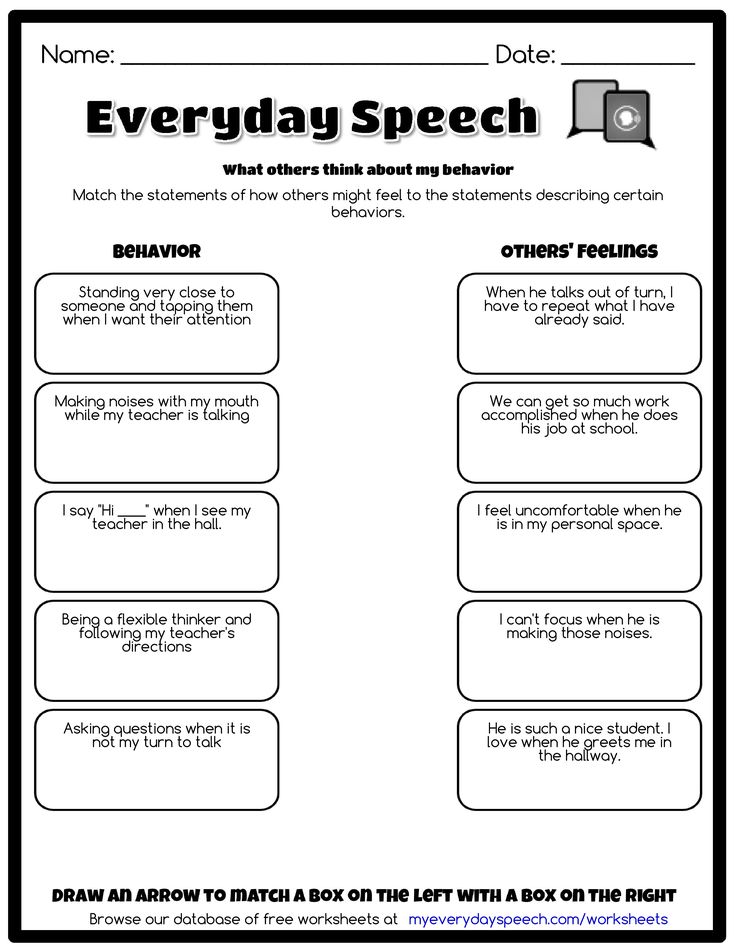 Interestingly, there is a style of ballet that is affectionately known for it’s ‘claw hands’ (more on that later), however whilst dancers that do desire a more widely spread thumb and curved fingers may bear some small resemblance to this position, the difference is that a dancer's hands should never be stiff, and it’s the frozen, immobile joints of the fingers and wrists that make this a habit to avoid. Some teachers even recommend repeat offenders try taping there thumbs in class to override the incorrect muscle memory, but it can be just as effective to keep a hair tie or rubber band on your wrist during class so that each time you glance down or feel the pressure from the band it acts as a reminder to check your hands... handy!
Interestingly, there is a style of ballet that is affectionately known for it’s ‘claw hands’ (more on that later), however whilst dancers that do desire a more widely spread thumb and curved fingers may bear some small resemblance to this position, the difference is that a dancer's hands should never be stiff, and it’s the frozen, immobile joints of the fingers and wrists that make this a habit to avoid. Some teachers even recommend repeat offenders try taping there thumbs in class to override the incorrect muscle memory, but it can be just as effective to keep a hair tie or rubber band on your wrist during class so that each time you glance down or feel the pressure from the band it acts as a reminder to check your hands... handy!
What not to do: Stuck out thumb/fingers
A similar sin to crab hands, however rather than looking like you’re clasping an imaginary ball in each hand, dancers with stuck out thumbs tend to have spiky, straight digits, (sometimes still with good positioning of the other four fingers, sometimes with all fingers overly-rigid) - but always with a protruding thumb that shortens the line of the arm and detracts from the smooth shape of an ideal port de bras. As above, the most important step is to override the existing bad habit and replace it with a good one, which takes a whole lot of focus and a little help from your best friend, the mirror.
As above, the most important step is to override the existing bad habit and replace it with a good one, which takes a whole lot of focus and a little help from your best friend, the mirror.
What not to do: Pancake hands
5. PANCAKE HANDSIt seems like we're always trying to get things 'flatter' in ballet: flatter Penchés, flatter stomach, flatter turnout... but of course there's always exceptions, and the hands are a very important one. Unfortunately it's quite common that someone who is overly conscious of their tendency for sticking their thumbs out might over-compensate by flattening their fingers and thumbs down altogether. Regrettably having pancake-style hands might look good in kung-fu, but when there's so much beautiful movement and articulation going on throughout the rest of the body, ending the line on lifeless flat hands is a true tragedy. Dancers who tend to end up with flat hands during class should try 'refreshing' their arms at the beginning and end of each exercise. Ie. remind yourself to take a breath in and allow the movement from your chest to expand and travel across the body away from your centre - pushing the shoulders back, slightly lifting the chin and travelling down the length of the arms and out the tips of the fingers whilst in bras-bas. This is an opportunity to check your fingers' spacing and relax any stiffness in the hands or wrists.
Ie. remind yourself to take a breath in and allow the movement from your chest to expand and travel across the body away from your centre - pushing the shoulders back, slightly lifting the chin and travelling down the length of the arms and out the tips of the fingers whilst in bras-bas. This is an opportunity to check your fingers' spacing and relax any stiffness in the hands or wrists.
Other common Port de Bras mistakes:
1. Arms too staight
2. Uneven hands
3. Limp hands and dropped elbows
1. Over-exaggerating the shape of the arms, either by making the arms too straight (which then gives you the ‘broken wrists’ look even when the line of the hands is right) or too bent, which disrupts the line of the arms and shortens the shape of the dancer.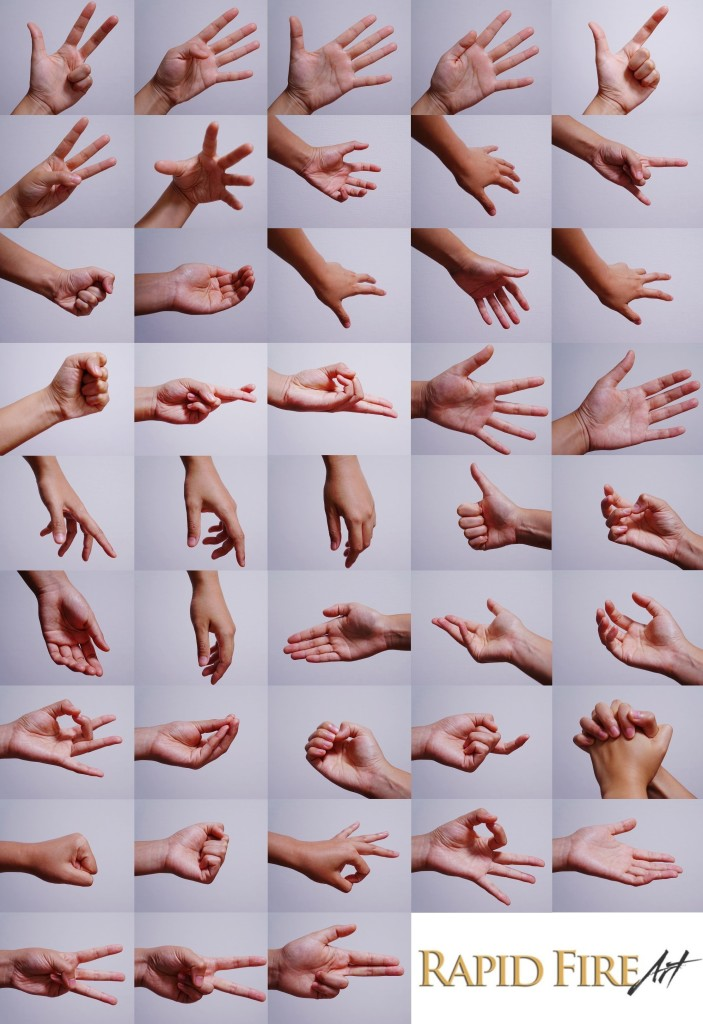
2. Not having an awareness of the placement and shape of the hands will result in a lop-sided port de bras, dancers need to be particularly aware of this in fifth position, as it's common for all of us to have a stronger and weaker side, so what feels even may not always look it. This can also be affected by your shoulders and back, make sure you're not favouring one side and keep the spine at straight as possible!
3. It's important that our hands and arms are delicate, but be careful not to confuse delicacy with weakness! Always keep the elbows lifted (but not taught) - the idea is for the arms to look graceful but feel strong.
Different styles and techniques:
Another consideration we have to mention when talking about hands and port de bras is that different schools usually follow one of four main methods with differing attributes (Vaganova, Cecchetti, RAD and Balanchine) when it comes to port de bras, so your ideal port de bras hands could vary depending on your training, in which case some of the positions that are ideal to one dancer may be not-quite-right to another.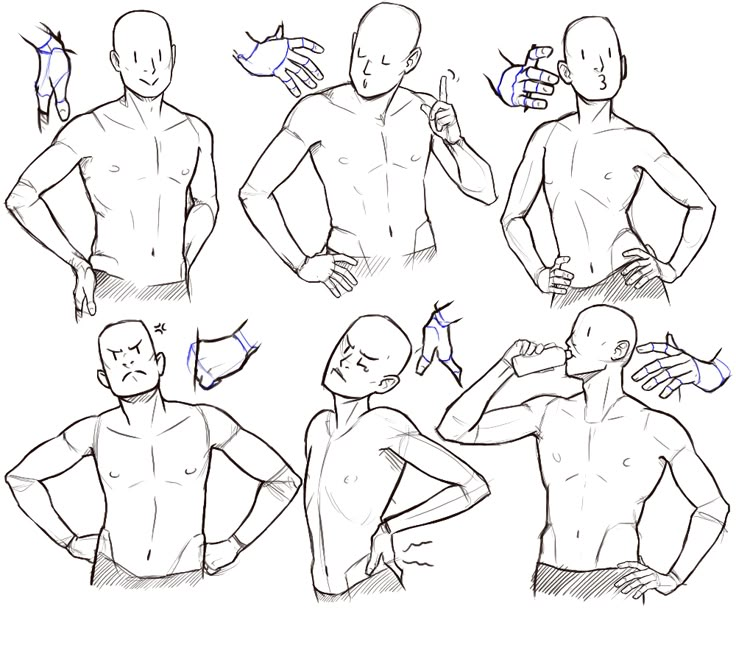 For example, dancers trained under Balanchine’s style tend to have more exaggerated shapes with the fingers and wrists (e.g. more space between the fingers, a more ‘bent’ wrist and an overall more flowery movement) meaning they’re actually famed for popularising the ‘claw’ hand. Balanchine’s style is also characterised as the more neo-classical approach to technique. Vaganova method on the other hand (the Russian method developed by Agrippina Vaganova and practiced by Mikhael Baryshnikov and Natalia Makarova), aims for arm plasticity with the hands held as if the dancer was lightly clasping a coin between thumb and middle finger, with the other three fingers raised. But at the end of the day all four methods follow the same principles of classical ballet technique, and a simple conversation with your teacher can help you pin-point the distinctions between your training and that of another method.
For example, dancers trained under Balanchine’s style tend to have more exaggerated shapes with the fingers and wrists (e.g. more space between the fingers, a more ‘bent’ wrist and an overall more flowery movement) meaning they’re actually famed for popularising the ‘claw’ hand. Balanchine’s style is also characterised as the more neo-classical approach to technique. Vaganova method on the other hand (the Russian method developed by Agrippina Vaganova and practiced by Mikhael Baryshnikov and Natalia Makarova), aims for arm plasticity with the hands held as if the dancer was lightly clasping a coin between thumb and middle finger, with the other three fingers raised. But at the end of the day all four methods follow the same principles of classical ballet technique, and a simple conversation with your teacher can help you pin-point the distinctions between your training and that of another method.
Ashley Bouder with typical Balanchine arms
Balanchine's School of American Ballet dancers - note the 'claw' hands
The famous Russian wrists: Ana Turazashvili
- and Evgenia Obraztsova
Tricks and tips to improving your hands for good:The most important thing to remember if you’re wanting to greatly improve your hands is that change is never passive, if you really want to transform the shape of your port de bras you have to be actively thinking about your hands throughout class. Bad habits need to be overwritten, and new ones need time to become routine. With enough practice and perseverance your body will find it’s own muscle memory for these shapes and the movements will become second nature. This takes time though, so have patience and keep self-assessing throughout class.
Bad habits need to be overwritten, and new ones need time to become routine. With enough practice and perseverance your body will find it’s own muscle memory for these shapes and the movements will become second nature. This takes time though, so have patience and keep self-assessing throughout class.
1. Make it habit.
Develop a routine that allows for regular time to focus on the hands and port de bras, whether that's at the beginning of each exercise, during the break between barre and centrework, or spending 15 minutes after class going through some exercise on your own.
2. Talk to your teacher
You have an incredibly knowledgable expert on all things port do bras at your disposal every time you go to ballet, so make the most of it. Ask your teacher about anything you're uncertain of, or any areas you feel concerned about. Even just having a conversation about port de bras will make you more conscious of your hands in class, because you'll know your teacher is observing you more closely now.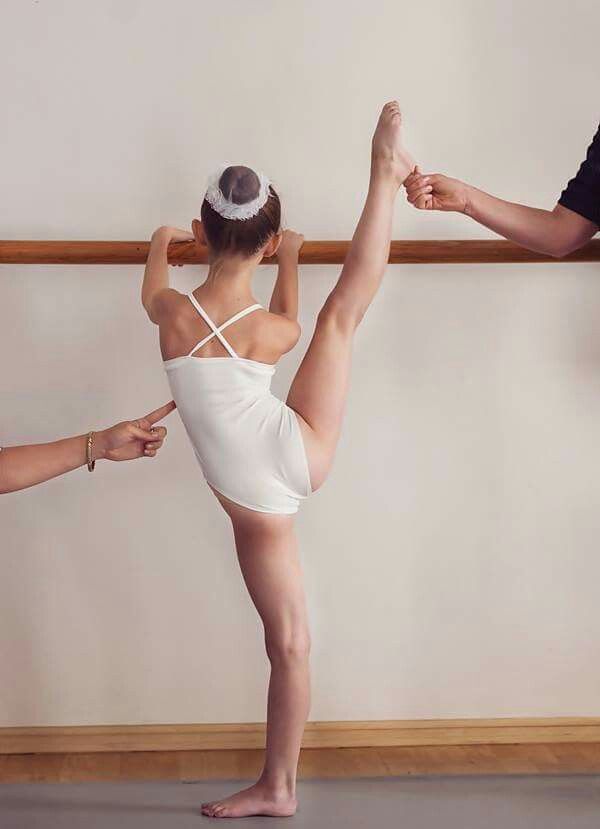
3. Use the mirror.
Regularly self-assess. The mirror is one of the best tools you have and it's the only way to really consolidate the 'feel' of a position with what it looks like, so that eventually you'll be able to accurately visualise exactly what shape your hands and arms are making without seeing it. Use the 'test and check' approach to help build this visualisation-muscle memory connection - Stand in front of the mirror, choose a port de bras position, without looking make the pose and try and 'feel' when everything is in the correct placement. Now look in the mirror and check how similar (...or not so similar!) your arms are to the position you visualised. Then relax, look away from the mirror and try again (adjusting/improving your approach each time).
4. Pencil technique.
For younger dancers who are particularly struggling to judge the proper spacing and shape that they should be aiming for with their hands, a pencil can be used to demonstrate the correct position of the fingers and naturally adjust to the new placement.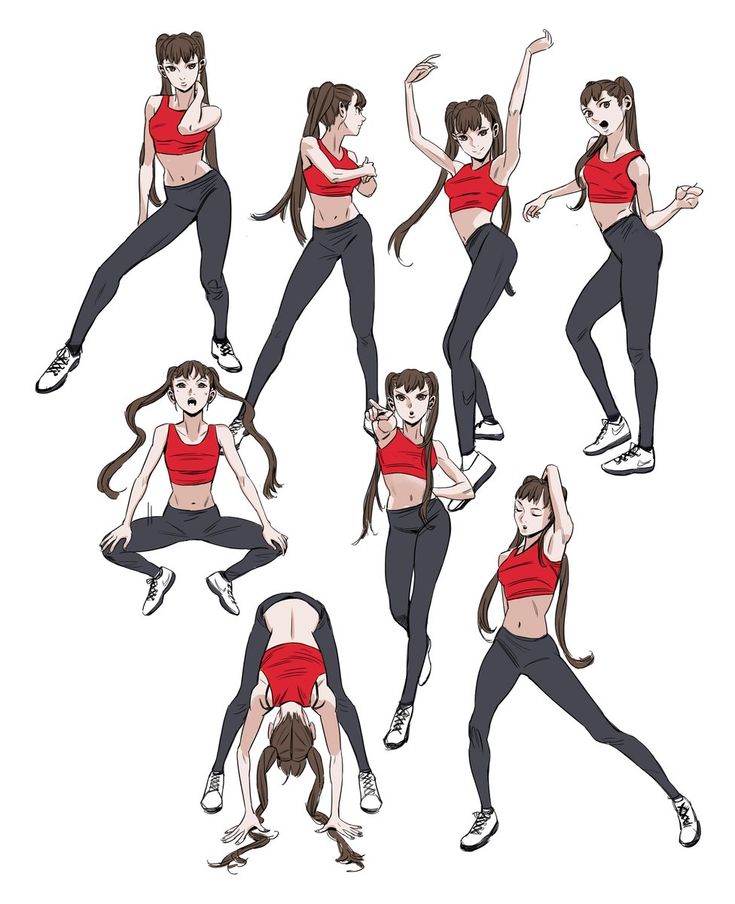 Try it!
Try it!
5. Find inspiration.
The bottom line is that you can't improve technique unless you really understand what you're aiming for, so take some time to find dancers who have great port de bras and hands, and enjoy watching the true virtuosos work, this is the fun part! Look at photos, watch some videos, notice the expression and style that different dancers demonstrate next time you're at the ballet. Whichever the technical training methods of your school/teacher are, you'll start to notice particular artists who stand out for the way they utilise every second of music and every count to extend each movement through their incredibly expressive port de bras. True masters manage to make the most controlled, precise movements look effortless and almost spontaneous. If you're not sure where to start, we'd recommend looking at dancers like Andrian Fadeyev, Alina Cojocaru, Svetlana Zakharavo and Daniil Simkin.
A final tip:
As dancers there's no denying we spend most of our time thinking about, dreaming about and drooling over the perfect legs and feet.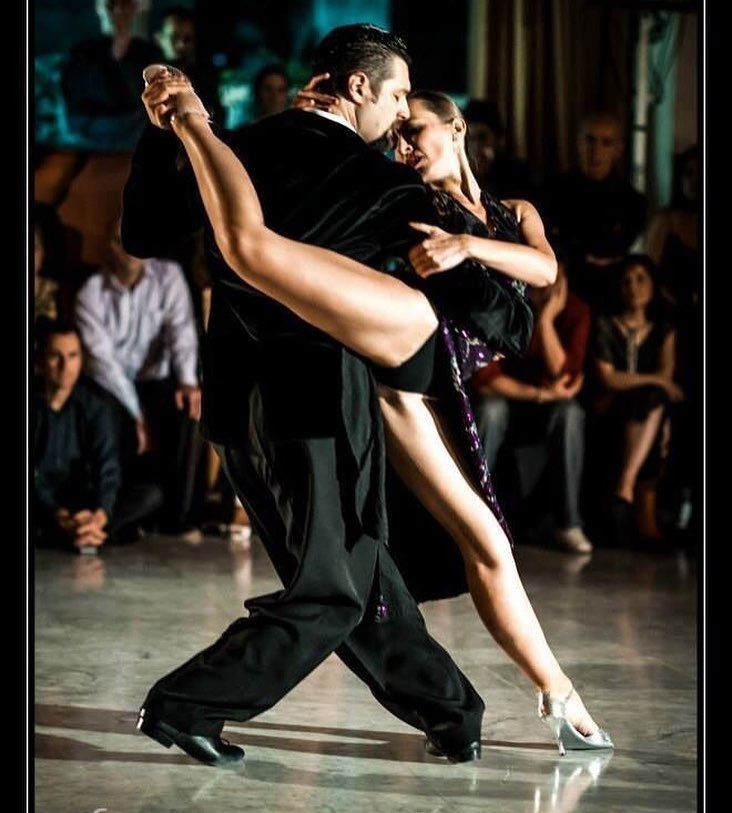 .. but don't forget to be generous with your thoughts and even things out for the upper body too. So much emotion, grace and control in ballet is expressed from the waist up, and mastery of the hands in port de bras is another step closer to creating that perfectly flawless illusion of delicacy and beautifully effortless movement that only ever happens with hours of hard work, commitment, and above all - passion.
.. but don't forget to be generous with your thoughts and even things out for the upper body too. So much emotion, grace and control in ballet is expressed from the waist up, and mastery of the hands in port de bras is another step closer to creating that perfectly flawless illusion of delicacy and beautifully effortless movement that only ever happens with hours of hard work, commitment, and above all - passion.
Good luck!
Featured: Dara Martin in Energetiks
Article by Elly Ford
Read More
Tips to Perfect Port De Bras
Cross-training for Dancers
Pointe Shoes: The Perfect Fit
Dance Advice, New to Dance, Advice + Tips, Editors PickEnergetiksBallet technique, Dance advice, Ballet tips, perfect port de bras, Ballet Hands, Ballet methods, Vaganova method, Balanchine, Ballet arms, improving your dancing, Dance education2 Comments
0 LikesDance movements with hands
To move well in a disco, it is enough to have a sense of rhythm.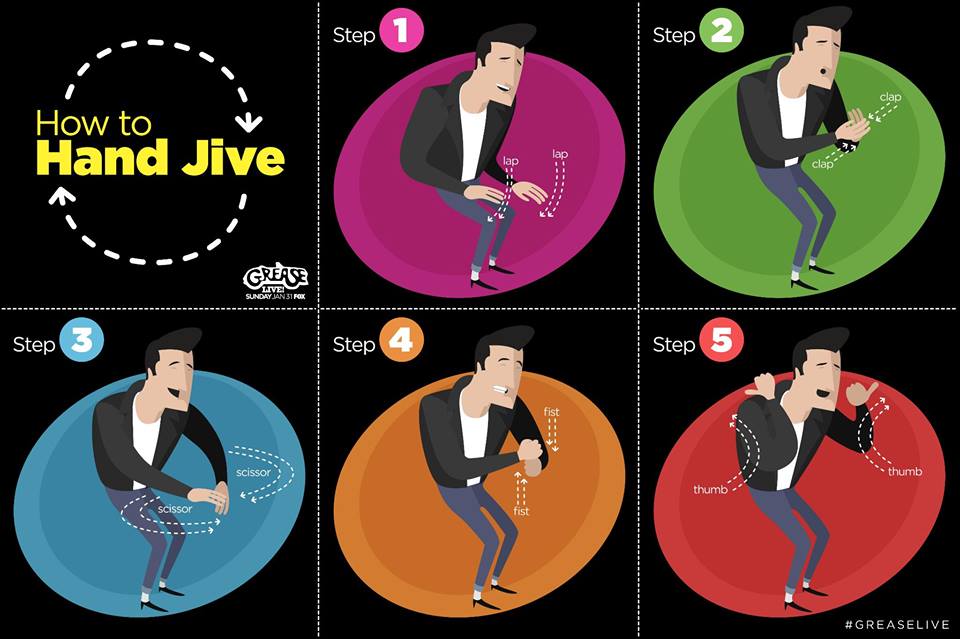 Add to this dance movements with your hands and now you are already rocking to an unfamiliar melody, in an interesting company. To make all this a reality, it is enough to spend half an hour and rehearse a couple of “chips” in front of the mirror.
Add to this dance movements with your hands and now you are already rocking to an unfamiliar melody, in an interesting company. To make all this a reality, it is enough to spend half an hour and rehearse a couple of “chips” in front of the mirror.
Waves with hands
Waving remains out of time and out of fashion, it is the ability to imitate wave movements with hands. We start with the right hand. Bend your elbow and bring your palm upside down in front of you, so that the palm is parallel to the floor, and you look at it a little from above - down. The elbow and shoulder are relaxed, the tension is only in the fingers. Now try to repeat the movement of the wave, smoothly raising your palm up and describing an arc, lowering it down. Focus on the palm of the hand, fingers, forearm, elbow and shoulder are in a relaxed state and move inertly behind the hand. Start with a large amplitude and gradually reduce it to learn how to make a wave quickly. It will take 10 minutes to master this movement.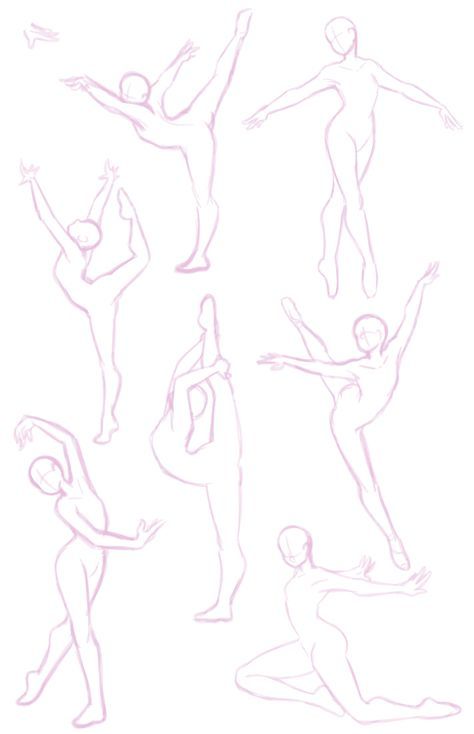 Wave with both hands at the same time, pointing the palms towards each other, and when they cross, let the crossed wave go up, this is a full-fledged dance movement that looks good even without connecting the legs. nine0003
Wave with both hands at the same time, pointing the palms towards each other, and when they cross, let the crossed wave go up, this is a full-fledged dance movement that looks good even without connecting the legs. nine0003
Criss-cross
To occupy hands during the dance, you can perform cross-cross movements. Extend your left hand, clenched into a fist, in front of you, but not evenly, but slightly at an angle, so that the hand goes slightly to the right. Now extend your right hand, clenched into a fist, so that the letter X is formed. To make this movement work, you need to add a little dynamics. For example, crossing the right hand with the left, return it several times to its original position (to the beat of the music), then raise the crossed arms above the head and open the cross, lowering and pulling the hands to the belt with clenched fists, as is done in karate. Or you can open your arms and lower them through the sides, describing an arc, performing tactile movements with your legs.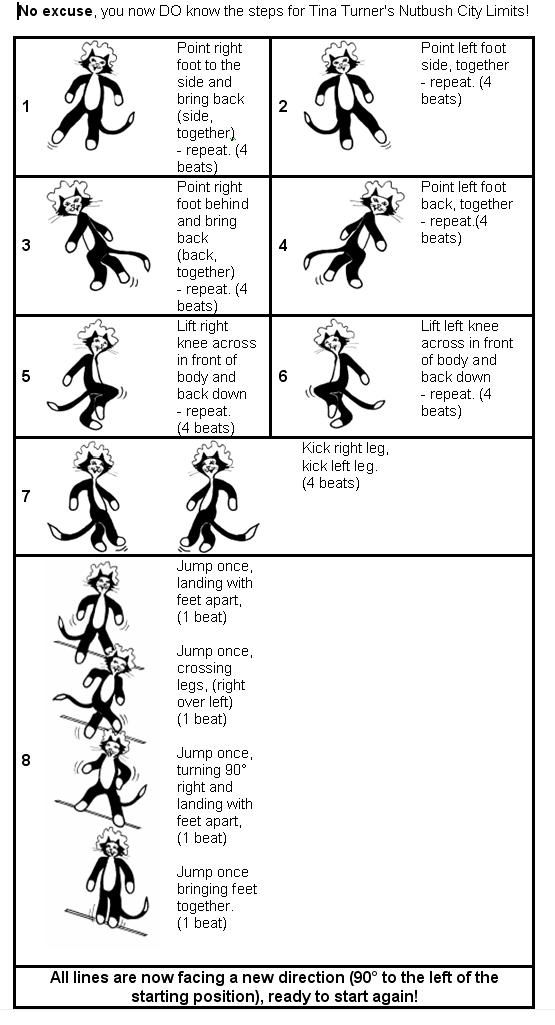 nine0003
nine0003
Women's hand dance moves
Girls will definitely want more smooth hand dance moves, we have some recommendations for them too.
Yula
The movement is performed when there is enough space around, as it involves rotation. Raise your arms above your head, leaving your elbows "soft", which means they can be slightly bent so that the arm is relaxed and supple. The palm is collected in a weak fist with index fingers released, which look up. At the same time, the left and right wrists begin to rotate from right to left along a small radius. After the second circle, the amplitude increases, and the forearm begins to rotate after the wrist, after 2 turns, both hands, rotating in the same direction, describe a circle above the head. Such a movement requires practice and self-confidence. It is ideal for breaks or slow songs where the footwork is constrained by a slow rhythm. nine0003
Look at me
The simplest and most popular movement that girls love to do to any music is stroking.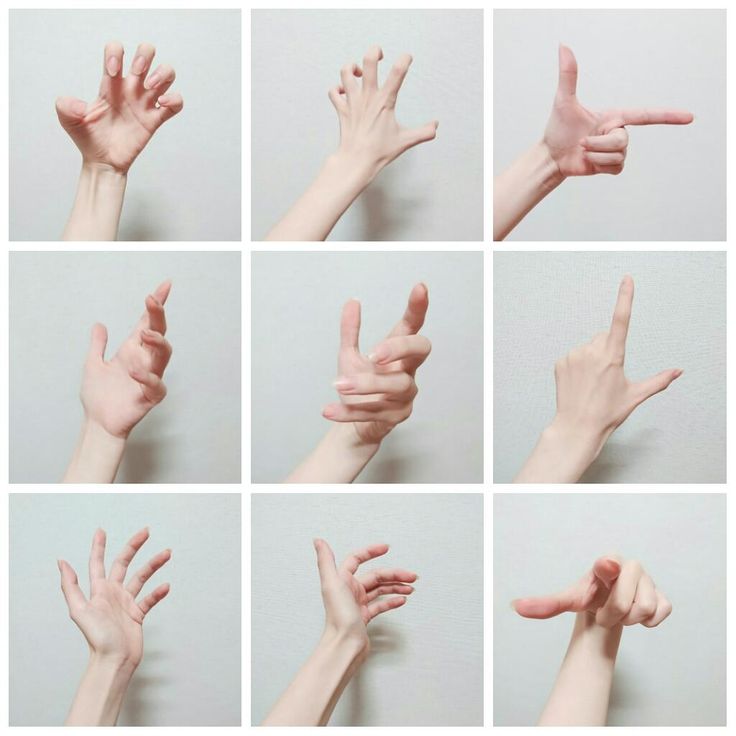 A straightened palm is placed, for example, on the neck and led down, through the center of the chest and from the solar plexus to the side, leaving the arm bent at the elbow at the waist. In this performance, the movement will be called “look at my chest”, if you do the same with both hands from the waist, rising along the sides to the chest, from there to the neck, change direction there, slightly return to the sides, go to the back and finish the movement with your hands on pope, then it will turn out "look at my figure." Such options are quite frank, and it is better to use them either in a purely female company, or for a personal dance for your man. If you run your hands only over your neck and play with your hair at the same time, then you get the “look at my hair” movement, which can be performed at any disco, with any leg movements. By the way, “look at my hair” is included in the female style of many social dances, for example, salsa and bachata. nine0003
A straightened palm is placed, for example, on the neck and led down, through the center of the chest and from the solar plexus to the side, leaving the arm bent at the elbow at the waist. In this performance, the movement will be called “look at my chest”, if you do the same with both hands from the waist, rising along the sides to the chest, from there to the neck, change direction there, slightly return to the sides, go to the back and finish the movement with your hands on pope, then it will turn out "look at my figure." Such options are quite frank, and it is better to use them either in a purely female company, or for a personal dance for your man. If you run your hands only over your neck and play with your hair at the same time, then you get the “look at my hair” movement, which can be performed at any disco, with any leg movements. By the way, “look at my hair” is included in the female style of many social dances, for example, salsa and bachata. nine0003
12 life hacks, to quickly learn how to dance from Mamita Dance
Dancing
Author: Pavel Collect
Psychologist, teacher of Salsa and Tango
Dances
Author: Pavel Pavel Pavel Pavel Pavel, Teacher of Salce and Tango At the start, you always want to get a quick result. This is the most common story of those who believe that the mere act of attending a pair dance class is enough to learn how to dance. 1. Listen to music The most common and accessible advice that is given already in the first lessons. And it definitely works. Music creates a certain atmosphere of the dance and intuitively you want to move to it. It doesn't matter where you listen to music - in the car, on headphones while walking or doing household chores. nine0003 An addition that will help you dance better is your active participation in the music. 2. Watch videos of good dancers It's complicated, but also obvious. It’s more difficult, because without recommendations from more experienced dancers, unfortunately, it’s not so easy to find a good quality video on the net (I mean not the resolution quality, but the content itself). nine0003 Meaningful video viewing is about building an understanding of HOW dancers make a particular impression on a partner or viewer. Technology is at the heart of everything. Understanding how the pros do it is a big step forward. It is important to distinguish a show from a disco dance, a staged performance from an improvisation, a stylized dance from an authentic one, etc. Ask for recommendations and dance teachers will always throw off a couple of videos of worthy landmarks. Tango Z. Showreel. Online modern tango courses Tango nuevo is the most advanced version of tango. We can quickly learn to dance from zero to a steep level.  When it doesn't happen, the hypothesis arises that everything takes time. After a conditionally acceptable time, humility comes to mastering pair dances, which, perhaps, is not given, and I will just do what I learned somehow. nine0003
When it doesn't happen, the hypothesis arises that everything takes time. After a conditionally acceptable time, humility comes to mastering pair dances, which, perhaps, is not given, and I will just do what I learned somehow. nine0003
Absolutely not. If you want to really dance well, you have to make an effort outside of the dance class. A good teacher will definitely be needed, but the initiative should be on your side.
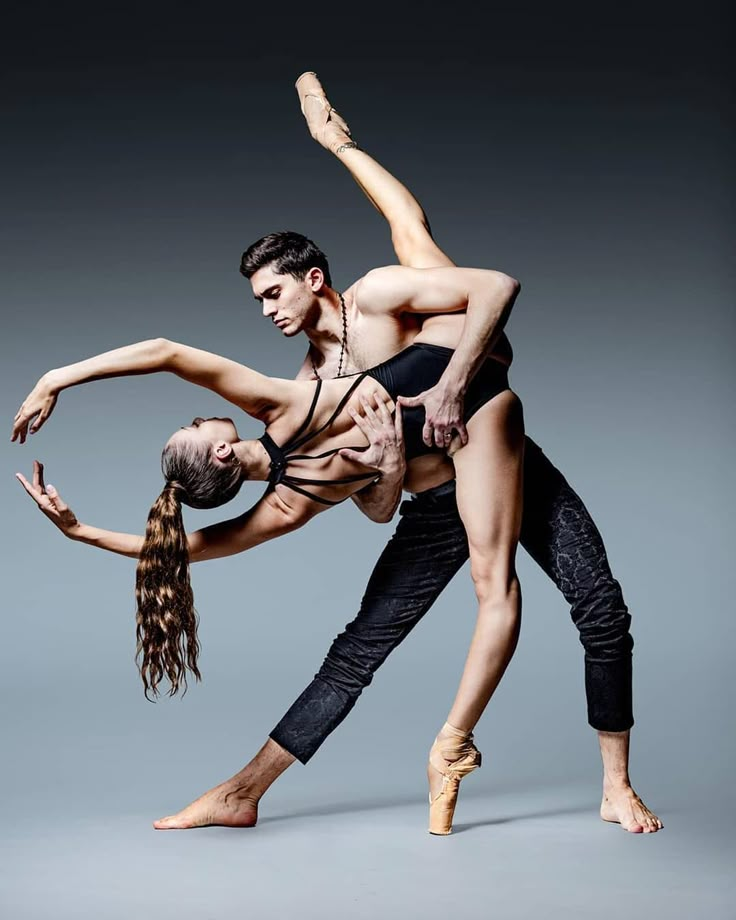 Sing along, dance or simply beat musical accents with any free parts of the body. In the subway, for example, it is enough to tap out bright moments with your fingers, in the car to sing along with sounds, and at home you can jump for pleasure.
Sing along, dance or simply beat musical accents with any free parts of the body. In the subway, for example, it is enough to tap out bright moments with your fingers, in the car to sing along with sounds, and at home you can jump for pleasure.
 nine0031
nine0031
View details
3. Dance in salsatecas/milongas/discotheques
A very delicate moment when it is worth coming to the first party. From a technical point of view, most students in 1-3 months have a sufficient set of figures and techniques to come and dance calmly. Psychologically, the same moment can be stretched out for an indefinite time. After all, it is imperative to “not lose face”, “learn more figures” and be sure what to do in case “there is an unfamiliar movement”. nine0003
In fact, the partygoers don't really care (except for a small layer of non-professional teachers who want to help inexperienced dancers by treating them as customers in the future). It is important to come and try dancing after a month of classes.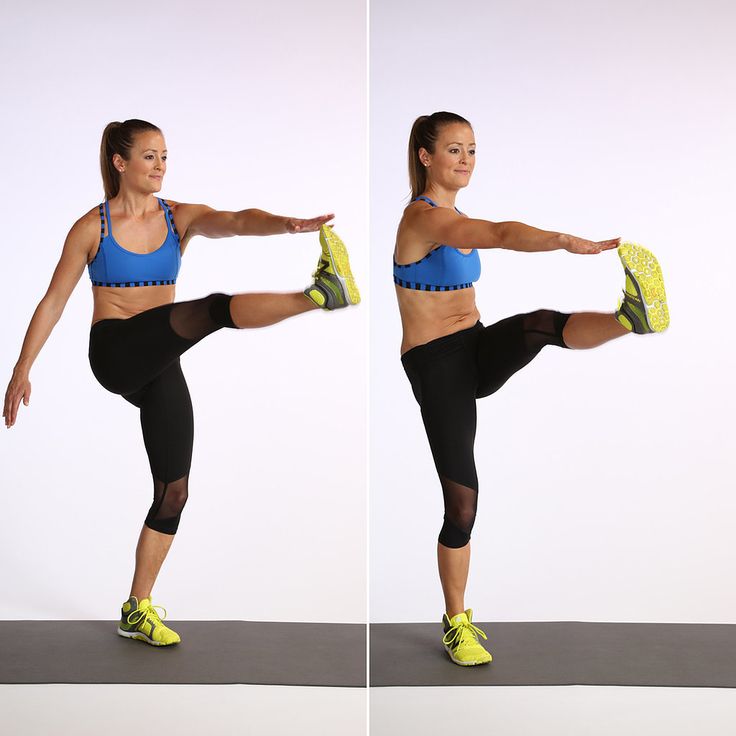 You can only with friends or guys from your group. This will be enough to feel the adrenaline and inspiration from the dance.
You can only with friends or guys from your group. This will be enough to feel the adrenaline and inspiration from the dance.
4. Dance with partners or partners not of your level
The conventional wisdom that you need to practice in groups of your level does not stand up to the test of experience. Perhaps now your eyes widen in surprise, and you want to meaningfully read the phrase again. Yes, you saw everything correctly: when you dance with a partner of your level, you don’t grow anywhere. nine0003
It's important to understand that not only does it work one way and you have to dance with cooler dancers, but it works even more effectively the other way. It is no coincidence that teaching pair dances dramatically raises the level of the teacher himself. You have an endless stream of very beginner dancers.
How it works. A more experienced partner needs to be "stretched". It's easy and obvious. With beginners, you need to take more initiative on yourself, see the general pattern of the dance more widely, turn on and insure more, try to be an example and be more careful. The quality of interaction begins to grow significantly. And wonderful partners too. nine0003
The quality of interaction begins to grow significantly. And wonderful partners too. nine0003
Dancing with partners of your level doesn't make you grow. Dance with beginners and more advanced dancers
Dominican Bachata Women's Style Online Course
Want to learn how to hypnotize those around you with the most appetizing part of your body? On the course we will tell you all the secrets.
| Interesting |
5. Learn to dance for a partner and for a partner
Turks and Argentines are one of the best partners in the world. In Russia, partners are highly valued. Why? The answer is simple. In Argentina and Turkey, it is not questionable for men to ask another man to lead in one piece or another and give feedback on the quality of the lead. For them, it will be a great shame to hear moralizing from a partner, or even more so to be known in the community as an insecure partner.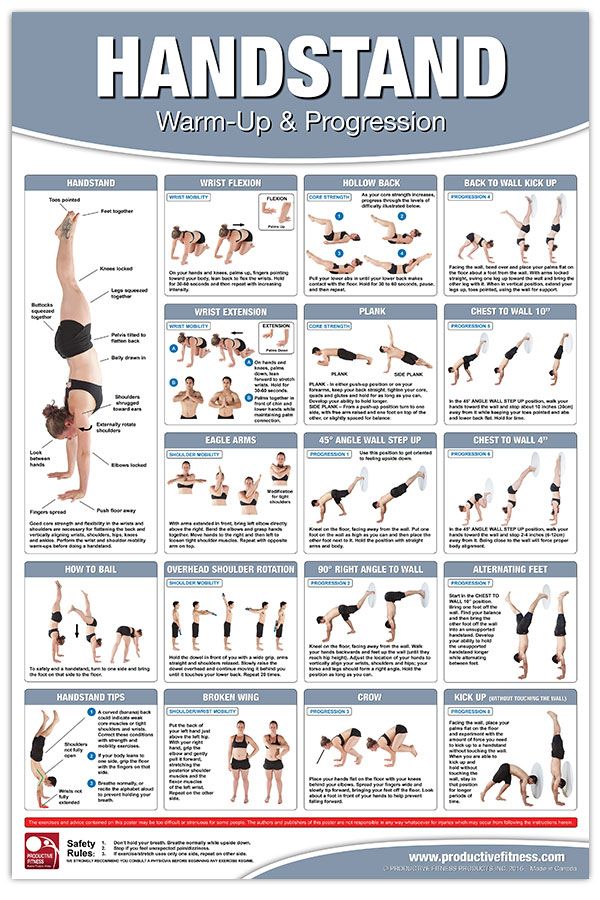 nine0003
nine0003
In Russia, due to the constant, often far-fetched, opinion that there are more women in pair dances, partners calmly get up and study their partner's part. Such partners then grow into very cool dancers and teachers. In no case do this at parties, only in class. Here we are talking only about the learning strategy. At parties, be yourself.
6. Do not memorize links
Always try to look deeper and understand the through principle and idea of movement. Understanding what and how is done will make it possible to independently generate any sequences and chips. nine0003
Human memory is limited and there will always be a moment when something will escape and your repertoire will be limited by the size of RAM.
In Argentine tango, for example, there are seven levels of movement formation that, when mastered, will allow you to make millions of combinations. And how many dance sequences can you really remember? In rueda, more than 150 figures dance in a rare circle.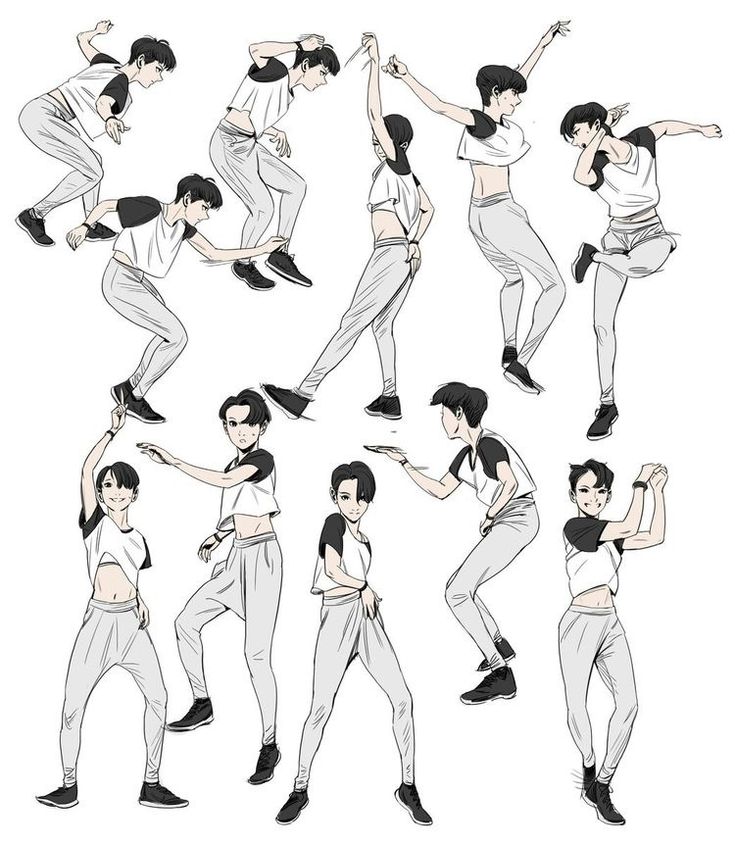 It's hard to keep more in mind.
It's hard to keep more in mind.
7. Develop your body
Many years of experience in teaching partner dance shows that as soon as everyone pairs up in a class, any progress in individual style ends. But it is the individual style that distinguishes everyone at the disco: partners change, and style is always with you. nine0003
The body as the main instrument of dance must be very plastic, responsive and emotional. Surprisingly, not all pair dance schools have a general physical warm-up. It is vital to tune the body and understand how it works.
You can always train extra and concentrate more on the basic steps, as their true value is as body work. The sequence of steps is, in fact, the simplest thing that can be in pair dancing. The quality of individual performance determines the craftsmanship. nine0003
8. Try on the images of inspiring dancers
A psychological life hack for those who have already mastered the steps, but still feel that there is not enough brightness and drive. Most are terribly afraid of being someone else's "clone". Here the action is the same as under the influence of hypnosis - the more you resist, the more you plunge into an altered state of consciousness.
Most are terribly afraid of being someone else's "clone". Here the action is the same as under the influence of hypnosis - the more you resist, the more you plunge into an altered state of consciousness.
With a high degree of probability, you are already dancing like someone else's "clone". A meaningful fitting of someone else's image is that you mentally take the image of the one who inspires you (inspiration is critical in this case) and "put on" yourself. Then you start dancing and trying to feel in general how it is to be able, for example, to be the best partner or the sexiest partner in a disco. This is much more difficult than it seems. But it works extremely efficiently. nine0003
9. Dance to offbeat music
Habitual rhythms keep you tight. Tango salon or speedy timba leave little room for experimentation and fantasy. Pattern dancing is always noticeable and is reserved for beginners.
The truly new is born outside of the usual.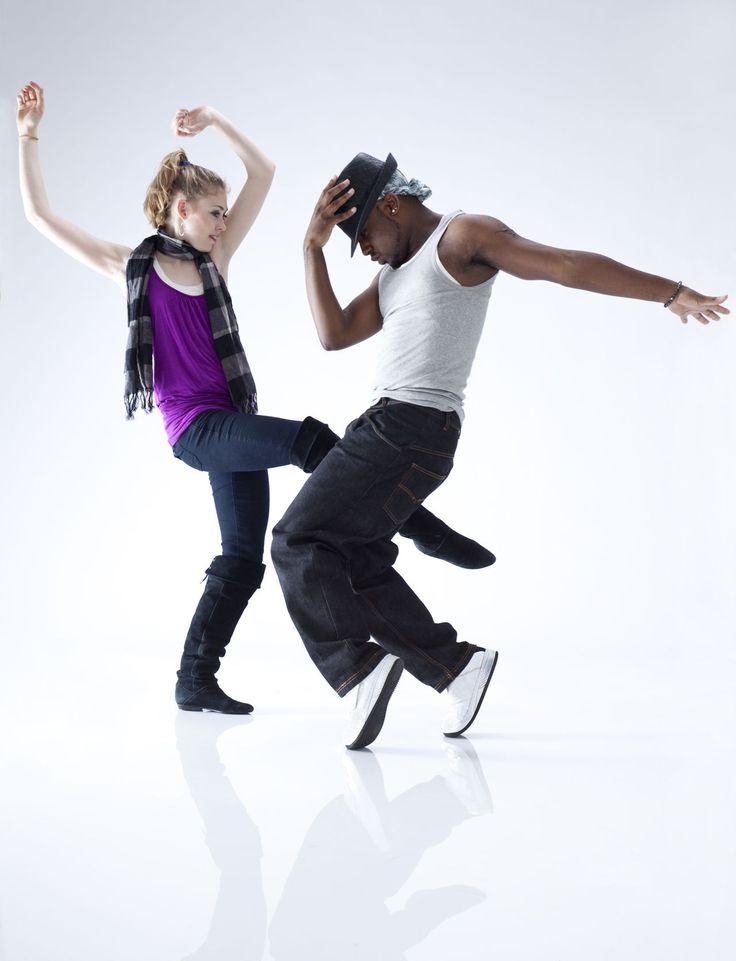 Look for places to experiment. If there is no place, organize self-training. The main thing is not to get carried away, because music determines the style. We bring something new to pair dances, rather than trying to change them. nine0031
Look for places to experiment. If there is no place, organize self-training. The main thing is not to get carried away, because music determines the style. We bring something new to pair dances, rather than trying to change them. nine0031
Search, improvise, do not be afraid to go beyond, develop in different directions, be inspired by music atypical for style
10. Try your hand at basic dance directions
dances exist according to their own non-choreographic laws.
This is the deepest delusion, which has turned into a ceiling for the qualitative development of partner dances. After all, all professional dancers, for example, in salsa or bachata, build their ideas on the basic choreographic principles. nine0003
Do not think that choreography is only applicable on stage. Any meaningful movement of the body can be choreographic. In general, try classical or modern choreography. Basically, hip-hop can work too.
11. Look for battle sensations
Pair dances return us to an active position of manifestation of our body. As in the days of our ancient ancestors, we impress the members of the opposite sex with how dexterous, hardy, sexy, etc. we are. Modern jungle laws in the entourage of big cities. nine0003
If you look around the dance floor, it becomes clear that the majority are clearly herbivores (not in the sense of vegetarians, but in relation to those around them). I am sure that predators are always more interesting in terms of the attractiveness of the image - try to find a counterbalance among herbivores, for example, a cat woman or a lion man.
The conversation is about an internal position, not about aggressiveness. Lability and lack of control are inherent in adolescents, and not in adult self-sufficient people.
Accordingly, even a training or friendly battle gives, on the one hand, practical skills - to make a bright sequence of movements, bring an idea to a climax, show a spectacular feature, on the other hand, develops the psychological basis of the dance - self-confidence, resistance to extraneous attention, self-control and self-control in complex elements. nine0031
nine0031
12. Communicate with professionals
The environment shapes the internal position. Basically, real passionaries of the dance community are ready to openly talk, discuss and support the development of dance in every possible way. Universal principles and the ideas they articulate have a much longer and more practical perspective than meets the eye.
Accept that, for example, behind the words "listen to your partner" is not only a beautiful metaphor, but also a practical skill to literally listen to your partner. At the same time, always treat every thought, even the most respected teacher, as a private opinion. nine0003
Your skill will lie in finding the scope of the idea even in conflicting opinions. Most often, the contradiction is speculative and the truth lies in the angle of perception or situationality.
Your dancing growth will stop sooner or later. This can happen at the level of three basic steps or years of experience in teaching and show performances.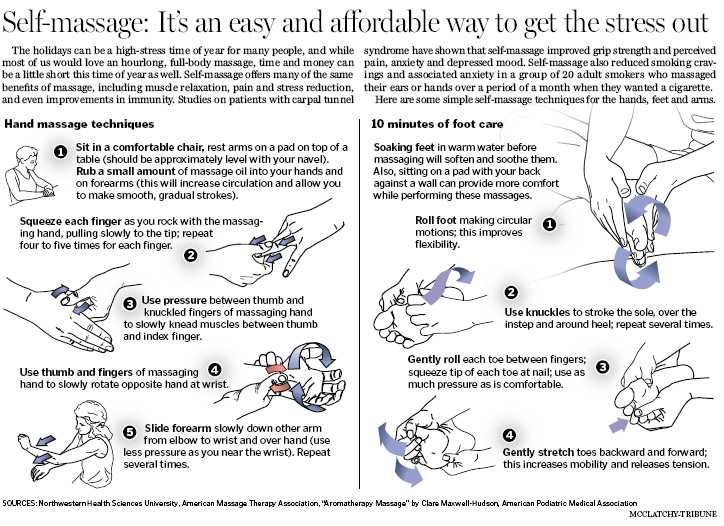


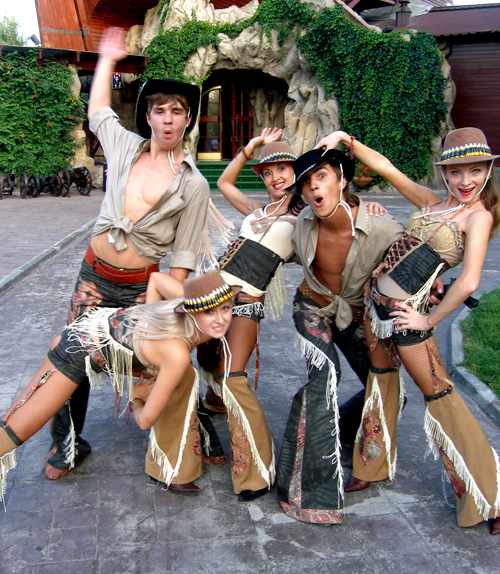

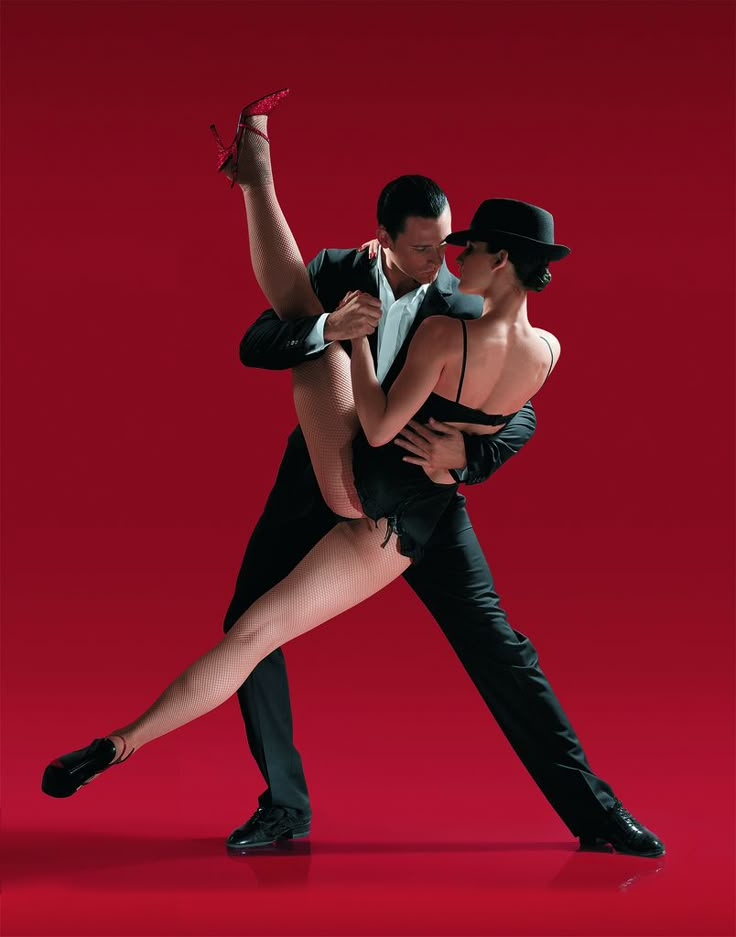


-Step-17.jpg/aid1640374-v4-728px-Shuffle-(Dance-Move)-Step-17.jpg)



